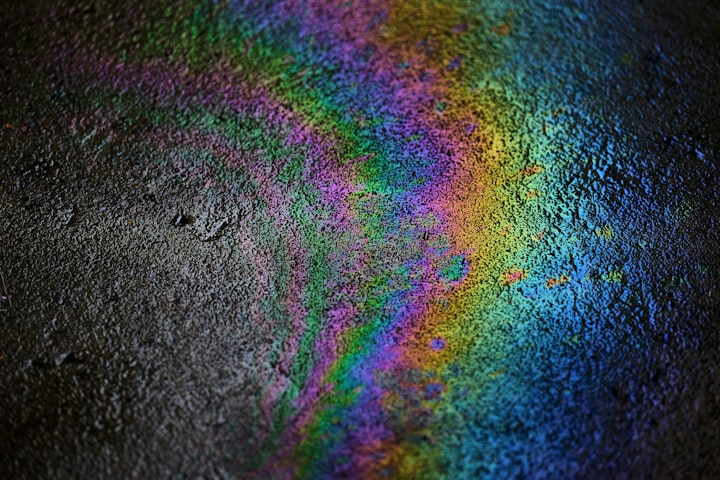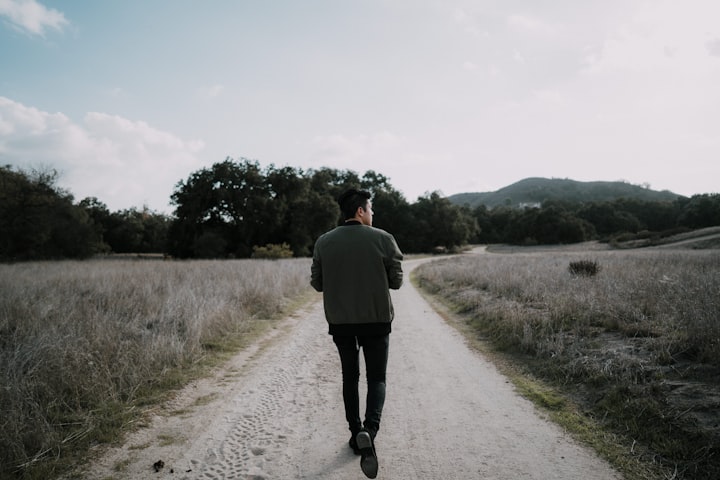Guilt and Responsibility:
Explore their journey of self-reflection, transformation, and the steps they take to make amends or create positive change.

Emily sat on the porch of her childhood home, her gaze fixed on the landscape before her. The once lush and vibrant forest that had enveloped her family's property now stood a mere shadow of its former self. The towering trees that had provided shade and shelter were reduced to stumps; the symphony of birdsong replaced by an eerie silence. It was a painful reminder of the irreversible damage she had contributed to over the years.
As a young girl, Emily had reveled in the adventures the forest offered. It had been her sanctuary, her refuge from the chaos of the world. But as she grew older, she became seduced by the convenience of modern living and disregarded the consequences of her actions. She chose convenience over sustainability, consumption over conservation. And now, standing witness to the devastation she had helped create, guilt washed over her like an unforgiving tide.
The guilt had been festering within her for years, an ache that gnawed at her soul. She thought about the countless times she had driven her gas-guzzling car, mindlessly wasting precious fossil fuels. She remembered the disposable plastic bags she had mindlessly collected at the grocery store, ignorant of the lasting impact they would have on the environment. And the excessive energy consumption she had indulged in without a second thought.
But on that solemn day, Emily made a decision. She could no longer ignore the guilt that threatened to consume her. She had to face it head-on, confront the consequences of her choices, and find a way to make amends. With newfound determination, she set out on a journey of self-reflection and transformation.
Emily began by educating herself about the state of the planet. She devoured books and documentaries, learning about the interconnectedness of ecosystems, the fragility of biodiversity, and the urgency of climate action. The more she learned, the deeper her guilt grew, but it also fueled her desire to create positive change.
She joined local environmental organizations, attending meetings, volunteering, and lending her voice to the cause. Through these interactions, she met others who shared her guilt and desire for redemption. They formed a tight-knit community of individuals determined to make a difference, to restore what had been lost and protect what remained.
Together, they embarked on a mission to reforest the barren lands surrounding Emily's childhood home. They planted saplings, nurtured them with care, and watched as hope sprouted from the once desolate earth. The work was physically demanding, but the emotional weight they carried made each task feel like a sacred ritual, a testament to their commitment.
Emily's transformation extended beyond environmental activism. She overhauled her lifestyle, adopting sustainable practices that aligned with her newfound values. She traded her gas-guzzling car for a bicycle, embraced a plant-based diet, and made a conscious effort to reduce her waste. Every small action was an act of redemption, a step toward healing the wounds she had inflicted upon the Earth.
As Emily witnessed the slow but steady regrowth of the forest, a sense of peace washed over her. The guilt that had once burdened her had transformed into a deep sense of responsibility. She realized that her past mistakes did not define her, but her actions in the present did. She had the power to make a difference, to inspire others to do the same.
Word of Emily's transformation spread throughout the community, sparking a ripple effect of change. Her story resonated with others who had carried their own guilt, their own burden of responsibility. Together, they began to heal the wounds inflicted upon the environment, one small act of kindness at a time.
Emily's journey taught her that guilt could be a catalyst for positive change. It was an emotional burden that, when confronted and transformed, could ignite a fire within the soul. She knew she could never undo the damage she had caused, but she was determined to spend the rest of her life trying.
Sitting on the porch of her childhood home, Emily felt a renewed sense of purpose. The forest that once stood as a testament to her guilt now stood as a symbol of her redemption. She closed her eyes, letting the gentle breeze and the distant sound of birdsong wash over her. In that moment, she knew that she had found her way back home, to a place of belonging and harmony with the natural world.





Comments
There are no comments for this story
Be the first to respond and start the conversation.